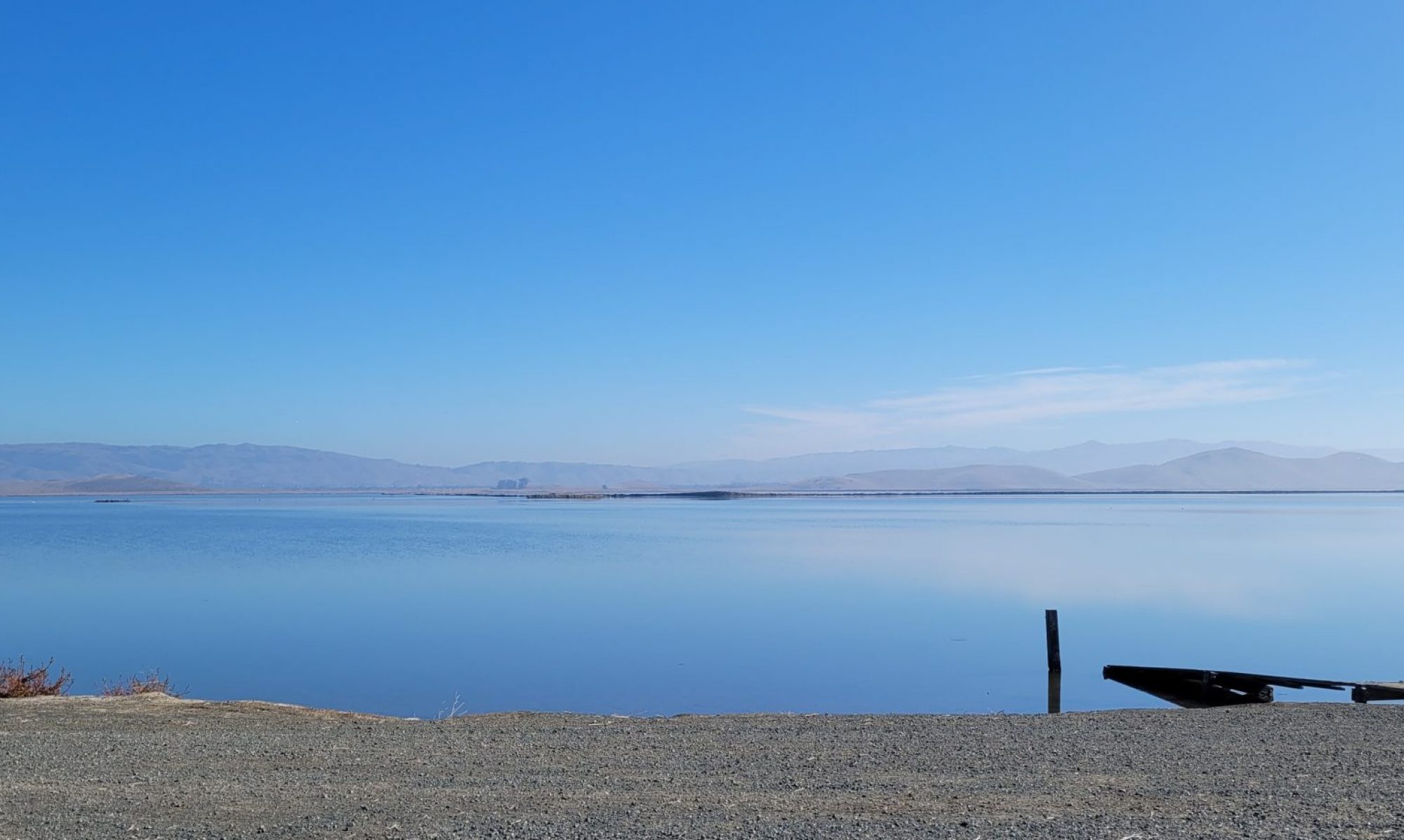Oh Venice! Venice! when thy marble walls
Are level with the waters, there shall be
A cry of nations o’er thy sunken halls,
A loud lament along the sweeping sea!
If I, a northern wanderer, weep for thee,What should thy sons do?–anything but weep
And yet they only murmur in their sleep.—Ode to Venice, Lord Byron
It’s easy to be in awe of Venice; it’s harder to like it.
I am not referring either to Venice, California, in the state where I live, or Venice, Florida where my dad used to live and where I spent the summer of ’78 driving up and down the Tamiami Trail. I’m talking about THE Venice, which is the first stop on our three week sojourn around the Mediterranean. The first thing you observe is the sound of water lapping, nonstop, against the docks, the sound of engines revving up and cutting down as the barges and taxis slip around through the canals. History sings as you ride the boats between the Palazzo Thises and the Ca d’Thats, but, even in sunlight, the buildings which shine in the distance seem faded and dingy close up.

Beautiful Decay
One well-traveled friend warned me that she found Venice dirty and odorous, like New Orleans without signs in English. Another said she loved to walk around and just “gawk.” For me, the city inspired thoughts of both. Arriving to the train station via water taxi, the food seems airport-priced, the toilets require coins, and people are jammed into the few available seats and benches. (Don’t sit on the bridges!) Lines for the vaporetto (water bus) tickets are long, signs are confusing, and photo stops at the Rialto bridge and elsewhere are wall-to-wall shoulders and strollers. A vaporetto ride down the Grand Canal listening to a pre-downloaded Rick Steves’ tour seemed like a great “get acclimated” idea, except that the popular #1 line was also crammed full of bodies–where do these tourists all come from? Same place as myself, I suppose.


